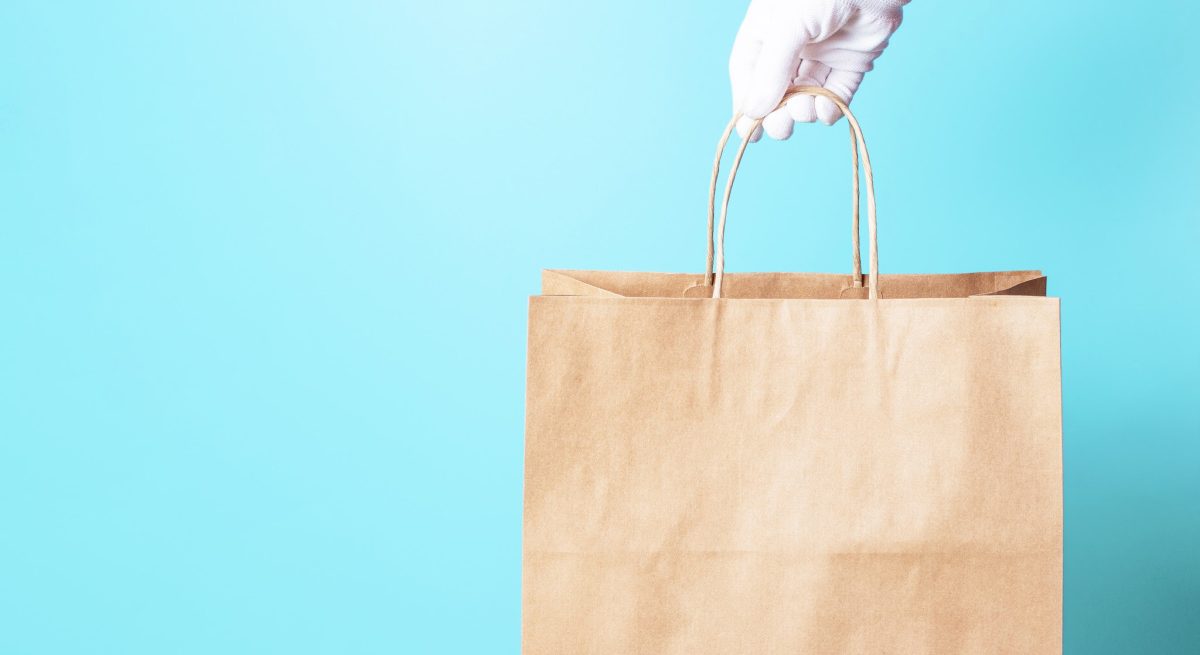Sending Delivery Tech Back: Five Ideas for Redesigning Aggregators
3 Min Read By Buck Sleeper
Food delivery aggregators: You’re well past your expiration date. While there are a slew of challenges facing both diners and restaurants as the COVID-19 pandemic continues, one notable element often omitted from conversation are the delivery drivers who actually make these services work, but we’ll get to that in a moment.
The basic issue here is the math: Restaurants already operate on margins of about 10 percent once they’ve paid for ingredients, space, and their workforce, so the 20-40 percent fees charged by third-party delivery services are an unrealistic financial burden. For businesses where delivery is just part of their operations, this loss in revenue can be attributed to marketing that drives other forms of dining (eat-in, pick up, catering). During a pandemic where online orders have more than doubled, those numbers no longer add up.
Diners, flock as they may, really can’t be held responsible for the problem (or the solution). Due to the exclusive delivery contracts into which restaurants must enter, they may not have multiple options for delivery. With COVID-19 limiting diners’ ability to get out of the house and pick up in person, they are as bound to the apps and fees as the restaurants.
There’s no shortage of lawsuits, articles, and social media describing the difficulties chain and independent restaurants are facing, so it’s safe to say that aggregators are on notice. While I generally advocate for more listening and learning, it’s time for action. Trust and perception are already eroded, so small measures are not on the menu. Here are five radical steps that delivery tech should do:
- Fair Practice Laws: Advocate for legislation on behalf of independent restaurants, including limited fees, the right for multiple delivery service options, and control of how their brands are represented online.
- Transparency: Show us the receipts! Freely, and regularly, divulge information regarding your fees. We get it—dispatch, delivery, and marketing are expensive—so break it down for every order. For diners looking to support their restaurant a bit more, give them the option to tip extra to cover these costs (and ensure it doesn’t just increase aggregator profitability). A prominent “Support This Restaurant” button might be just the thing here.
- Coincident Fees: Aggregator revenue has gone through the roof with respect to restaurants. Since aggregators only make money when there is a healthy industry of restaurants available to deliver for, it only seems fair to share successes (and failures).
-
Start Your Own Restaurant: To stop being seen as a parasite, start being seen as a host. There’s no better way to understand the pressures of food service than getting into the game yourself. Create a restaurant—right now in the middle of the pandemic—to better understand the challenges your clients are facing. And if you can solve them, share those learnings with your industry.
-
Treat Food Delivery Drivers Like People: Frontline food service people have proven themselves to be utterly essential throughout this pandemic. Delivery drivers—we see you also. It’s time that the aggregators did as well. You can classify these folks as employees, rather than contractors, and give them legitimate benefits. If that’s too costly for your business model, at least give them increased pay for operating in hazardous conditions.
Delivery tech may not turn on a dime, if at all, but there are still options for individuals looking to change the status quo in the meantime. Diners: Check in with your favorite restaurants on their own websites or social media channels, as they may have other fulfillment options available. Curbside pickup has gotten easier (and safer) for diners and employees alike, so that may be more of an option than many think. For restaurants feeling cut out of the conversation, there’s no better time to engage your customers directly—a personal note in your orders, some real-talk on Instagram, or a few in-person drop-offs with an extra side of conversation.
Aggregators: You’re offering delivery, but restaurants are asking for deliverance. Let’s switch things up.


